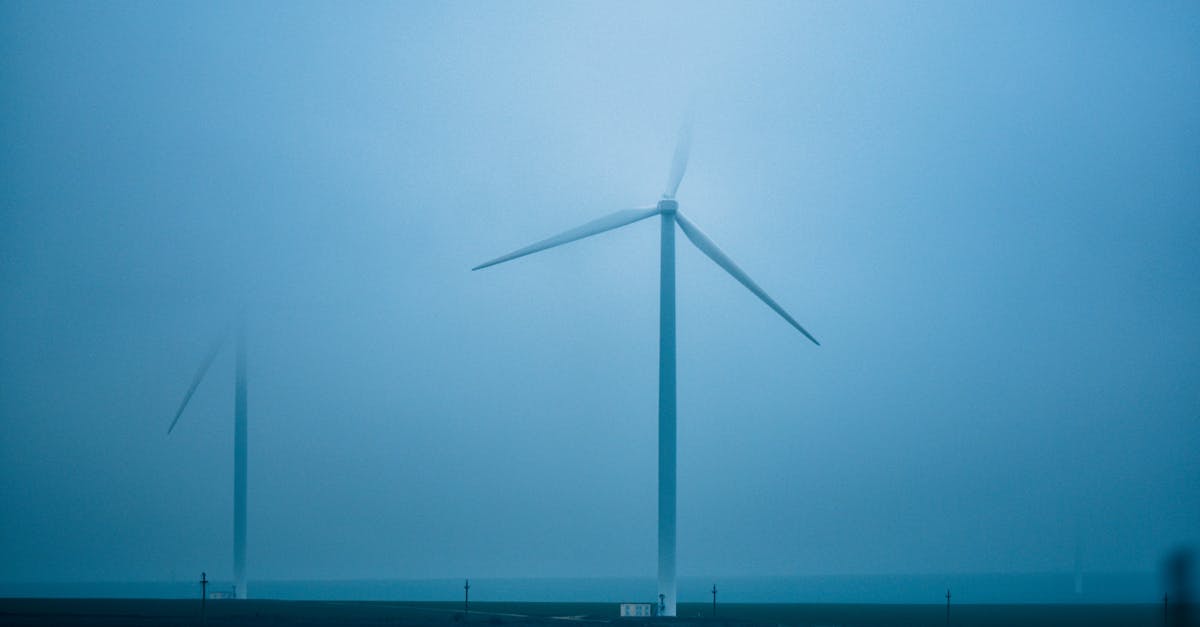Harnessing the Humidity: Unlocking a New Era of Water Independence

Are you tired of relying on tap water that may not always be safe or affordable? Imagine having a device that can create clean drinking water from the air around you. Well, that’s exactly what an Atmospheric Water Generator (AWG) does. In this article, we’ll delve into the world of AWGs, exploring their benefits and drawbacks to help you decide if they are a worthwhile investment for your water needs.
1. What is an Atmospheric Water Generator?
An Atmospheric Water Generator (AWG) is a clever device that can extract water from the air around us. It works by drawing in air, cooling it down, and then dehumidifying it. This process causes the water vapor in the air to condense into liquid water, which is then collected. AWGs can be small enough for personal use or large enough to supply water for entire communities.
Thank you for reading this post, don't forget to subscribe!
One of the main advantages of AWGs is that they can provide a source of clean drinking water in areas where traditional water sources are scarce or contaminated. They can also be used as a backup water supply in case of emergencies. Additionally, AWGs are relatively easy to operate and maintain, making them a good option for people who want a reliable and sustainable source of water.
However, it’s important to note that AWGs can be expensive to purchase and operate. They also require a lot of electricity to run, which can be a concern for those living in areas with limited access to electricity. Additionally, AWGs are not very efficient in cold climates, as the air contains less moisture to extract.
2. How Much Water Can an AWG Produce?
The amount of water that an AWG can produce depends on two main factors: the size of the unit and the humidity of the air. Smaller AWGs, which are typically designed for personal use, can produce up to a gallon of water per day. Larger AWGs, which are often used for commercial or industrial purposes, can produce several gallons of water per day.
The humidity of the air also plays a significant role in the water production capacity of an AWG. AWGs work by condensing water vapor from the air, so the more humid the air, the more water the AWG can produce. In areas with high humidity, AWGs can produce a significant amount of water even if they are relatively small. However, in areas with low humidity, AWGs will produce less water, and they may not be able to produce enough water to meet the needs of a household or business.
It’s important to note that AWGs are not a substitute for traditional water sources, such as wells or municipal water supplies. AWGs can be a good option for supplementing your water supply, especially if you live in an area with limited access to clean water. However, it’s important to do your research and choose an AWG that is the right size for your needs and that will be able to produce enough water to meet your demands.
3. How Much Do AWGs Cost?
The cost of an AWG can vary depending on several factors, including the size of the unit, the features it offers, and the brand. Small AWGs, which are typically designed for personal use, can range in price from a few hundred dollars to a thousand dollars. Larger AWGs, which are often used for commercial or industrial purposes, can cost several thousand dollars or more.
Some AWGs come with additional features, such as built-in water filtration systems or humidifiers. These features can add to the cost of the AWG, but they can also make the AWG more versatile and convenient to use. For example, an AWG with a built-in water filtration system can produce clean drinking water directly from the air, without the need for additional filtration.
It’s important to compare the prices of different AWGs from different brands before making a purchase. Some brands may offer AWGs at a lower price point, but they may also offer fewer features or have a lower water production capacity. It’s important to do your research and choose an AWG that meets your needs and fits your budget.
4. Are AWGs Worth It?
Whether or not an AWG is worth it depends on your individual needs and circumstances. If you live in an area where water is scarce or expensive, an AWG can be a great way to supplement your water supply. AWGs can provide a reliable source of clean drinking water, even in areas where traditional water sources are limited or contaminated. They can also be used as a backup water supply in case of emergencies, such as natural disasters or power outages.
However, if you live in an area where water is plentiful and affordable, an AWG may not be worth the investment. AWGs can be expensive to purchase and operate, and they require a lot of electricity to run. Additionally, AWGs are not very efficient in cold climates, as the air contains less moisture to extract.
If you are considering purchasing an AWG, it is important to do your research and choose a unit that is the right size for your needs and that will be able to produce enough water to meet your demands. You should also consider the cost of operating the AWG, including the cost of electricity and maintenance. By carefully considering your needs and circumstances, you can decide whether or not an AWG is a worthwhile investment for you.
Pros of AWGs
There are several advantages to using AWGs, including:
- Reliable source of water in an emergency: AWGs can provide a reliable source of clean drinking water in an emergency, such as a natural disaster or power outage. AWGs can continue to produce water even when traditional water sources are contaminated or unavailable.
- Relatively easy to operate and maintain: AWGs are relatively easy to operate and maintain. Most AWGs simply require a power source and a place to drain the collected water. AWGs also have built-in filters that remove impurities from the air, so they do not require frequent maintenance.
- Can be used in a variety of settings: AWGs can be used in a variety of settings, including homes, offices, schools, and hospitals. AWGs are also portable, so they can be easily moved to where they are needed most.
Overall, AWGs are a versatile and reliable way to provide clean drinking water in a variety of settings.
Cons of AWGs
There are also some potential drawbacks to using AWGs, including:
- Expensive to purchase and operate: AWGs can be expensive to purchase and operate. The cost of an AWG will vary depending on the size and features of the unit, but even a small AWG can cost several hundred dollars. Additionally, AWGs require a lot of electricity to run, which can add to the cost of operation.
- Not as efficient in cold climates: AWGs are not as efficient in cold climates, as the air contains less moisture to extract. This means that AWGs will produce less water in cold climates, and they may not be able to produce enough water to meet the needs of a household or business.
- Can be noisy: AWGs can be noisy when they are running, which can be a concern if you are using the AWG in a residential setting.
Overall, AWGs are a versatile and reliable way to provide clean drinking water, but it is important to be aware of the potential drawbacks before making a purchase.
What is the average lifespan of an AWG?
The average lifespan of an AWG is around 8-10 years. However, this can vary depending on the quality of the unit, how well it is maintained, and the frequency of use.
Can AWGs be used to produce distilled water?
No, AWGs cannot be used to produce distilled water. Distilled water is water that has been boiled and then condensed, which removes all impurities. AWGs simply extract water vapor from the air, so they cannot remove impurities in the same way that distillation does.
Are AWGs environmentally friendly?
Yes, AWGs are generally considered to be environmentally friendly. They do not produce any emissions, and they use less energy than traditional water sources, such as desalination plants.




